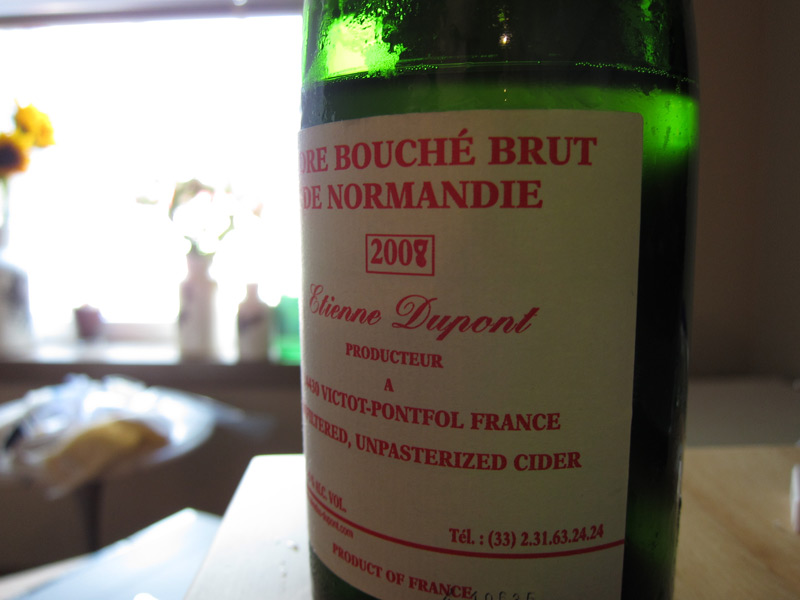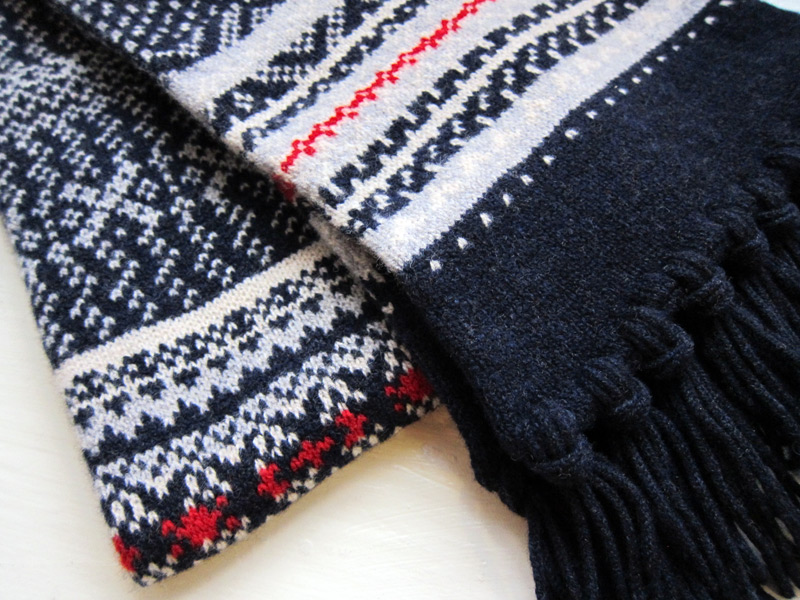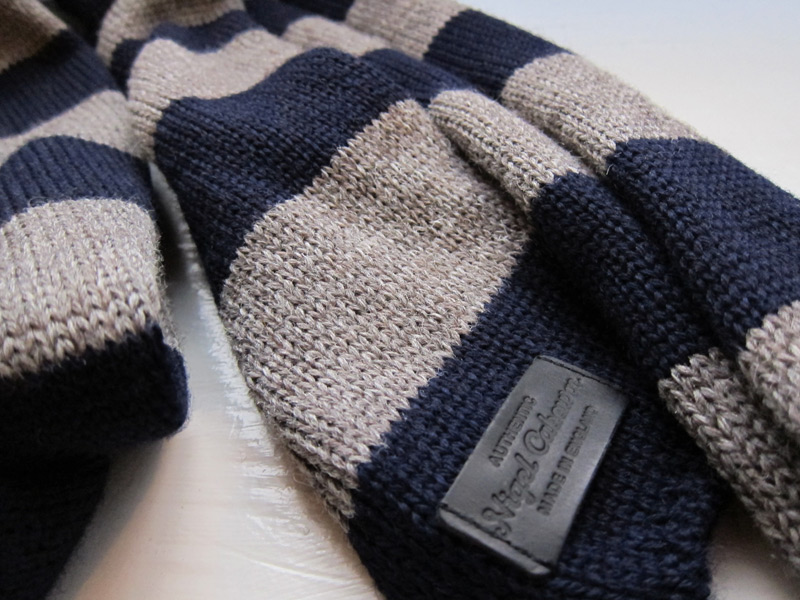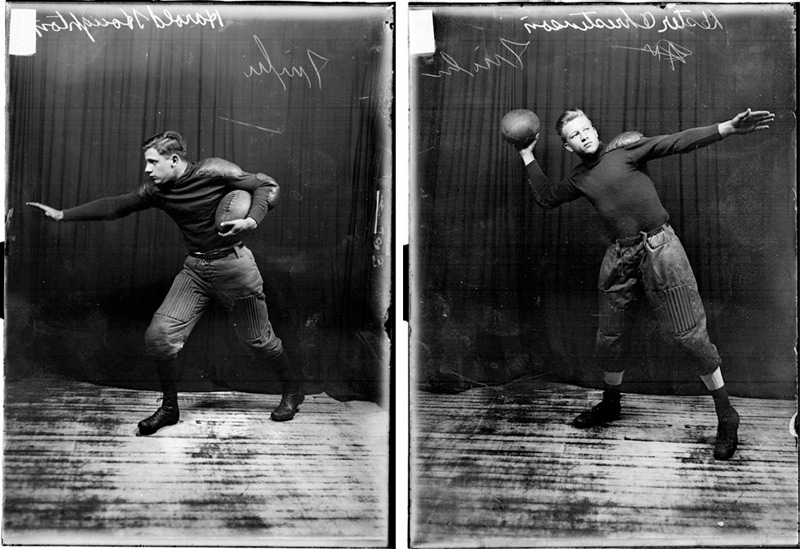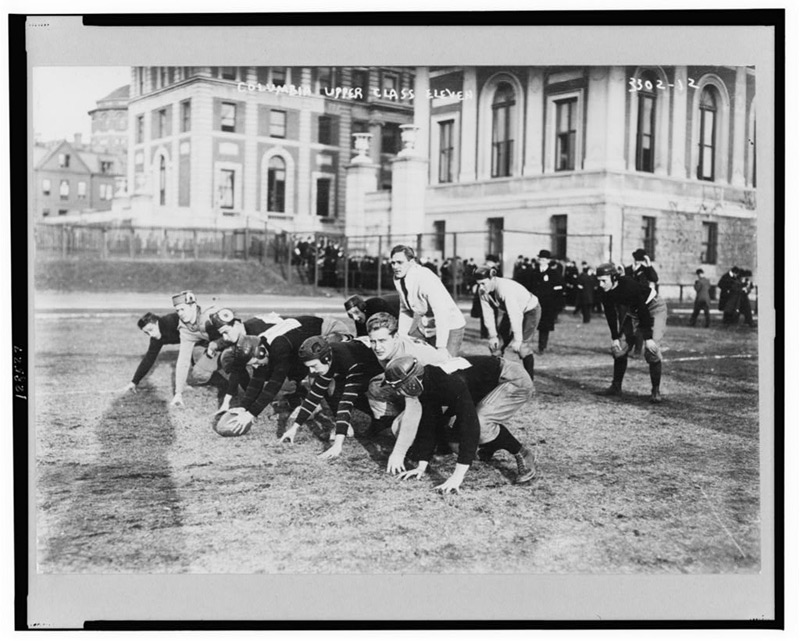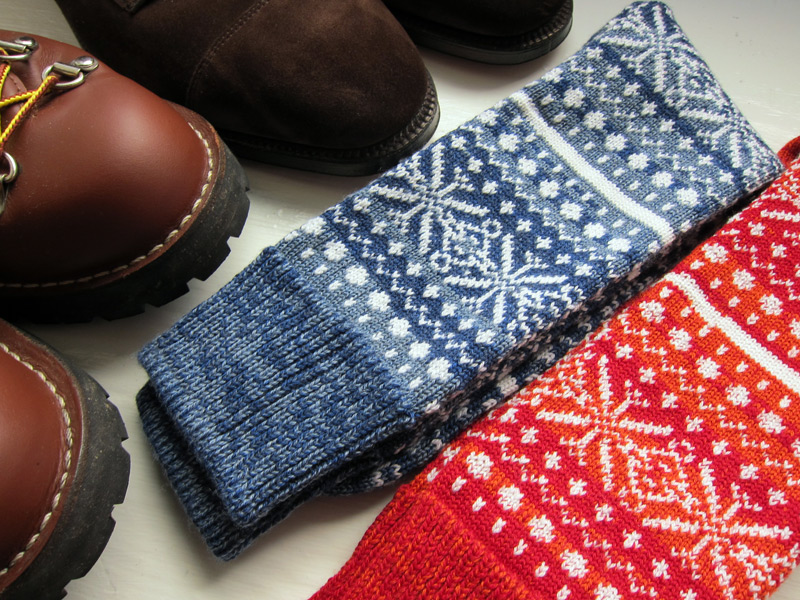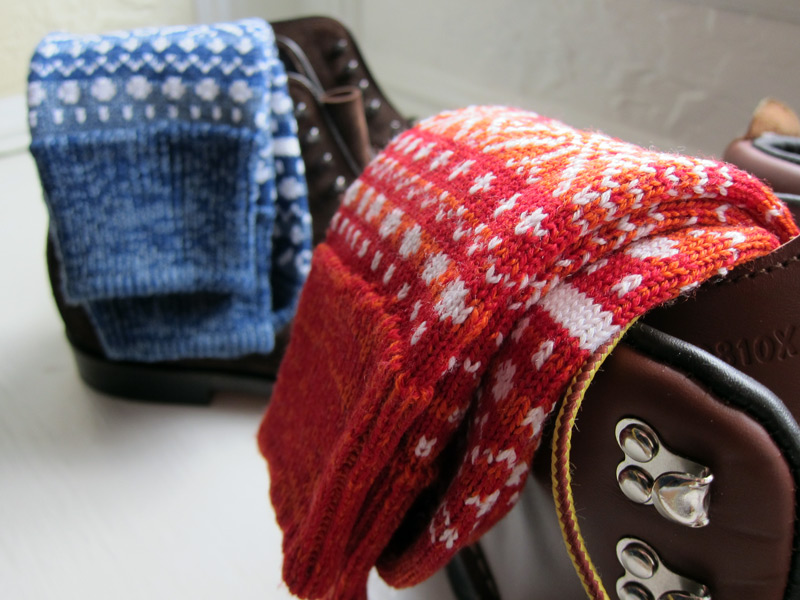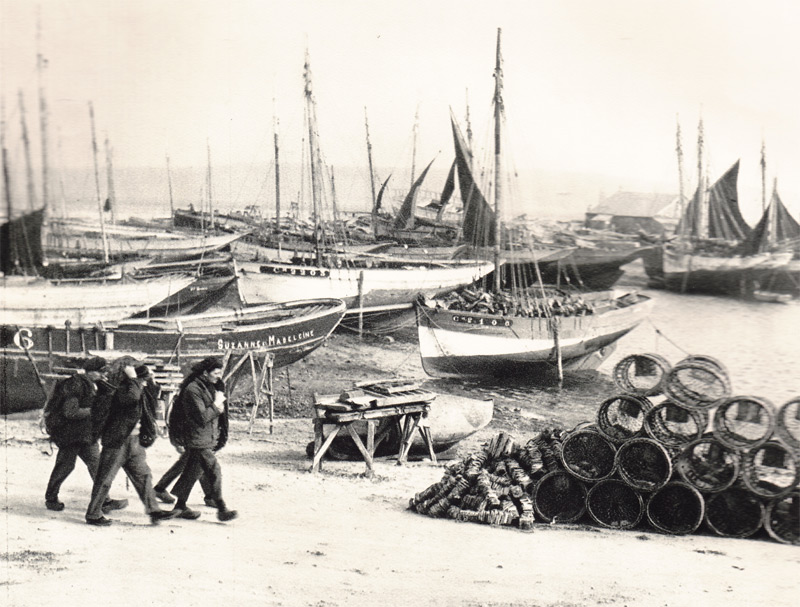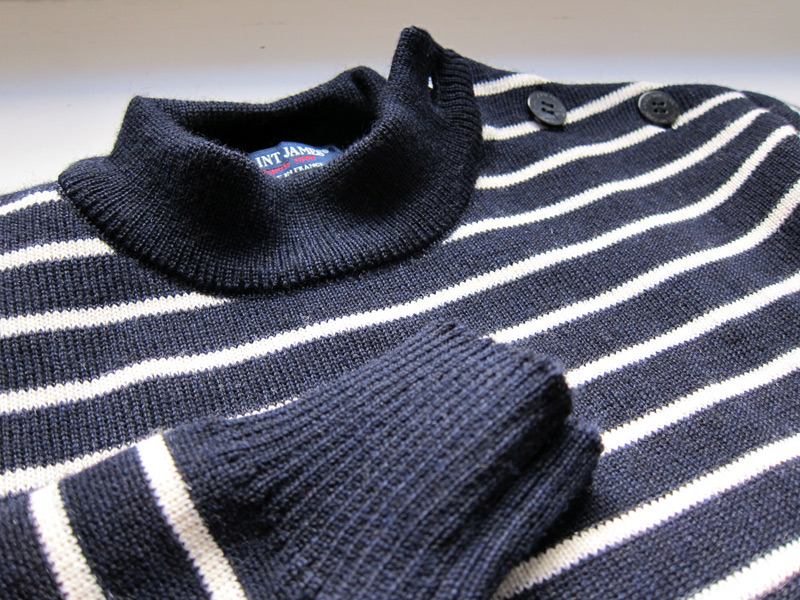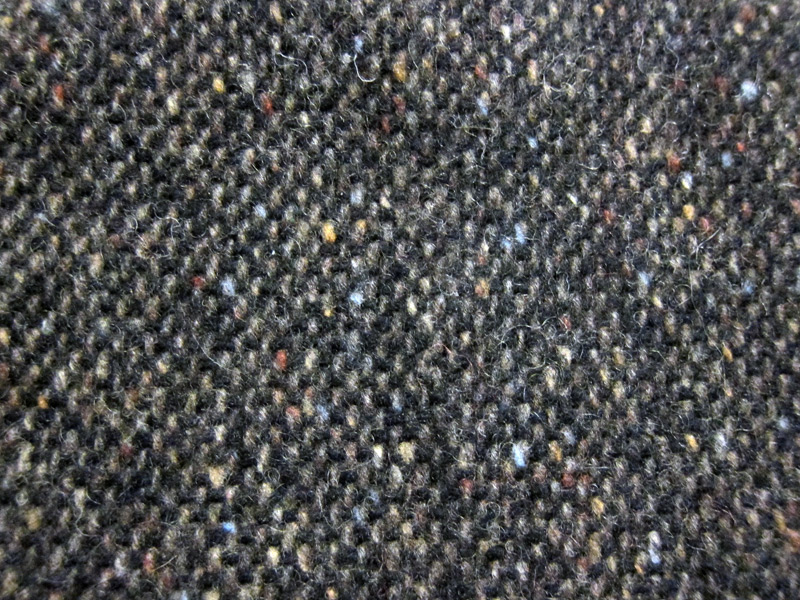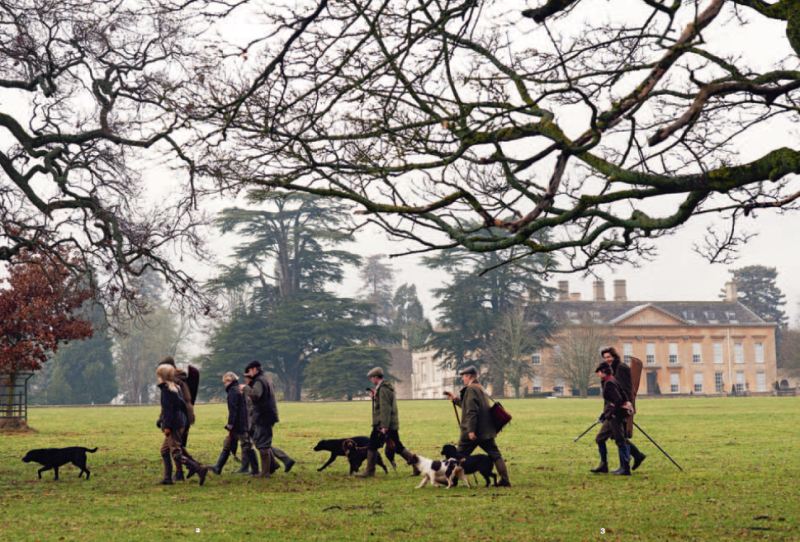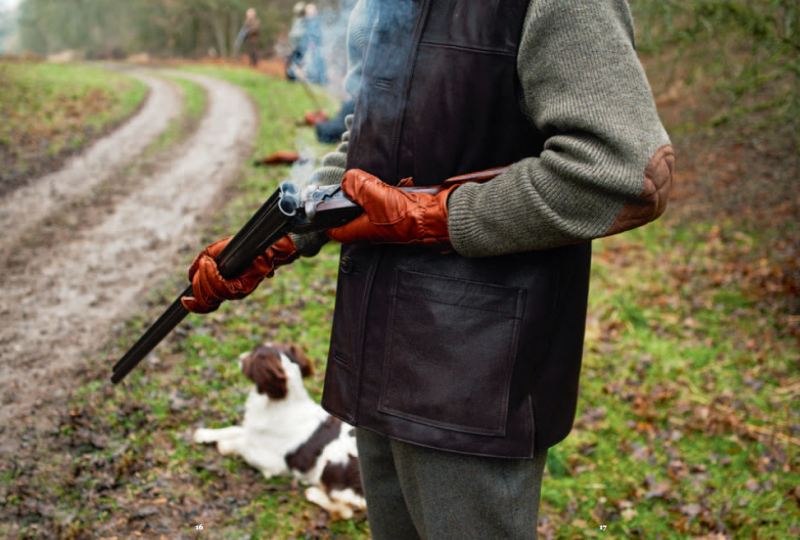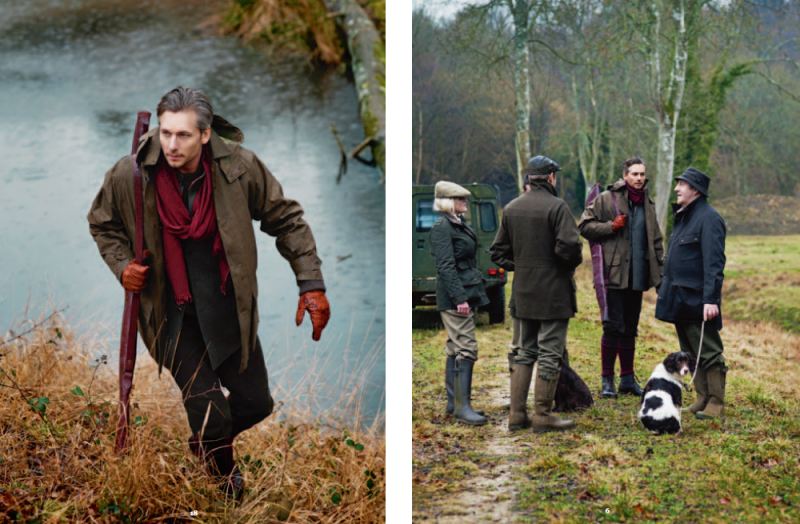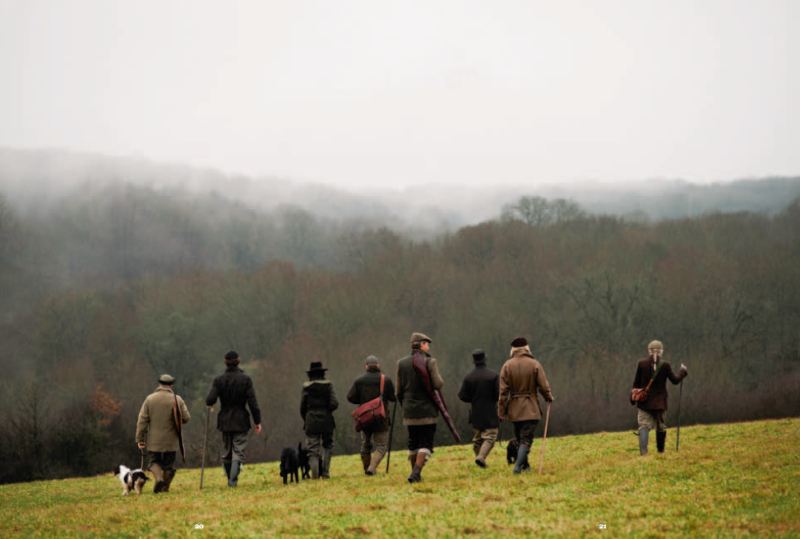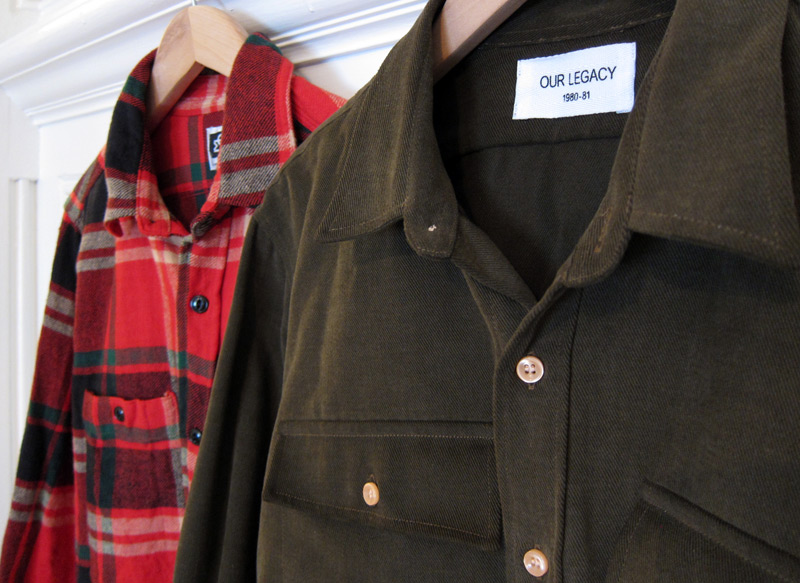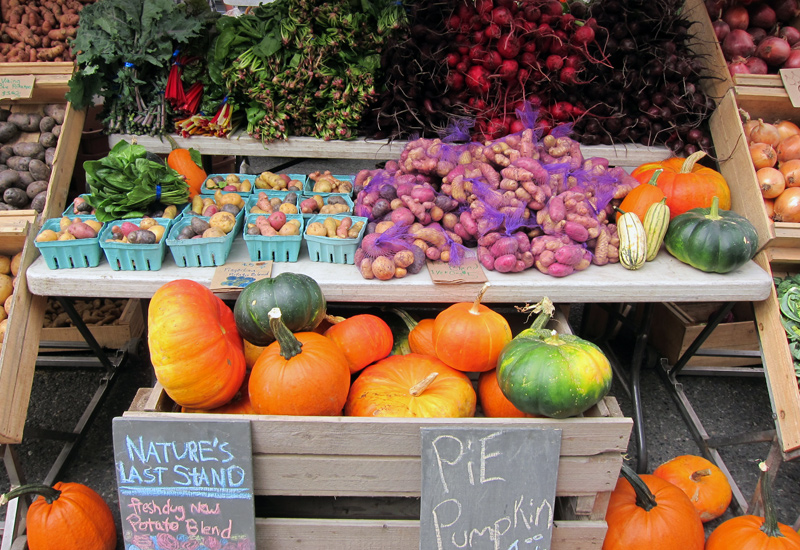
My favorite season brings my favorite dishes and it’s now time for squashes, chanterelles, slow roasts, and Dogfish Punkin Ale. While I’m always learning new recipes and techniques, there are a set of meals that I routinely make which I’ve pulled from my two main cooking inspirations: Thomas Keller’s cookbooks and Le Pichet, a local restaurant. All of these are relatively inexpensive and easy to make:
Butternut Squash Soup – recipe
This recipe is time consuming but worth it. For turning the squash mixture into a soup, I use a food mill instead of a blender (this one in particular) – this works well for most soups I make, and if it’s for an occasion where presentation is important, I also put the soup through a fine sieve to make the texture consistent.
Roasted Chicken on a Bed of Root Vegetables – recipe
My favorite part about making this is that there is not much of a mess to clean up afterwards – all of the work can be done in a single roasting pan or cast iron roaster and I often just cut up the vegetables right over the pan with a paring knife without bothering with a board.
Baked Eggs (Oeufs en Cocotte)
This is a nice treat for anytime of the day. Basic steps, borrowed from Julia Child’s Mastering the Art of French Cooking: boil some water, turn your oven up to 375F, line the inside of a ramekin with butter, crack two eggs into the ramekin, pour in a little bit of cream or olive oil, add salt and pepper, place the ramekin into a deep sided baking dish, pour the boiling water into the baking dish so that the water comes up to about half the height of the ramekin (this will help the eggs cook through consistently), place the baking dish with the ramekin in it inside the oven for about 10-16 minutes depending on how firm you’d like the eggs to be.
There are countless variations and techniques for this, and you can add all sorts of ingredients. At Le Pichet for example, they have a signature egg dish which is baked under a broiler called Oeufs Plats, Jambon et Fromage (eggs cooked with ham and cheese).
Sauerkraut Platter (Choucroute Garnie)
Choucroute Garnie is very common in France and Germany, and it is basically cooked sauerkraut served with different preparations of pork (I prefer bratwurst, blood sausage, and pork loin). While my method is not this complicated, I like the steps outlined in this piece on Saveur.com and will try it next time I make it:
He began by melting a generous dollop of duck fat in a Dutch oven, the first step in making silky sauerkraut. He pointed out that it’s also important to rinse the choucroute before putting it into the pot: “In the end, the flavor should be delicate, like wine, not brine.” After seasoning the fermented cabbage with salt and pouring in a few cups of dry Alsatian riesling, he added a bouquet garni of bay leaves, cloves, and juniper berries. Now it was time to add the cured pork. There were two types of slab bacon, salty and smoky, and échine, a delicious cut from the back of the pig’s neck that I’m sorry to say isn’t available in the United States. While the pork and sauerkraut baked in the oven, chef Schillinger simmered the sausages on the stovetop: frankfurter-like knackwursts; garlicky, cumin-flecked Montbéliards; and mild, white boudins blancs. A thick round of boudin noir, or blood sausage, was cooked separately and sliced before serving.
Note the use of a bouquet garni, an important part of many preparations. If I have leeks on hand, I make them by binding up the herbs into two wrapped leaves. For a drink pairing with this dish, try a hard cider – my favorite being a recent vintage of the common Etienne Dupont Cidre Bouché Brut de Normandie.
